
Product information
Jérôme Prévost La Closerie Les Béguines LC20
Blend from France, Champagne
$405
Description
This is 2020 base with 20% reserve wine from 2019—so two brilliant seasons.
Les Béguines is close to 100% Meunier, although there is now a small parcel of 10-year-old Chardonnay, Pinot Noir and Pinot Blanc planted next to the Meunier (these vines represent roughly six per cent of the blend).
As always, the wine was vinified without any additions, in large format used barrels for 10 months and was bottled unfiltered. Prévost disgorged this release after 18 months on lees and added three grams per litre dosage. In the past, this was always a wine of one given vintage, however, the last two releases have seen some reserve wine included. It’s a game changer—the wines are now even more complex and far more approachable from an early age.
This is a Champagne that’s built for aging. A recent bottle of 2012 was in great form, and still youthful. The typical window we give for Les Béguines is around seven to 10 years from release. That’s an ideal of course, and this is already stunning. 1 to 3 years of further aging on cork, will be make a huge difference.
“Denser and more compact than its 2019 counterpart, the NV Extra Brut Les Béguines LC 20 reveals inviting aromas of pear, confit citrus, mirabelle plum and spices, followed by a medium to full-bodied, layered and concentrated palate that’s vinous and sapid, built around chalky structure and concluding with a penetrating finish. While it can be approached now, a few years’ patience will pay dividends.”
William Kelley, The Wine Advocate 96 Points
Out of stock
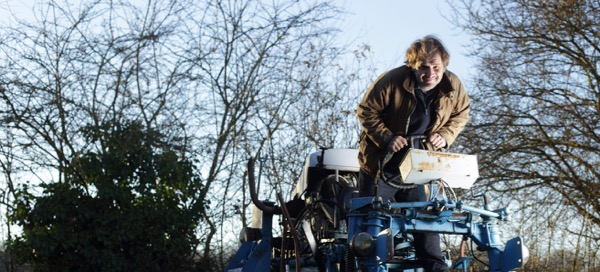
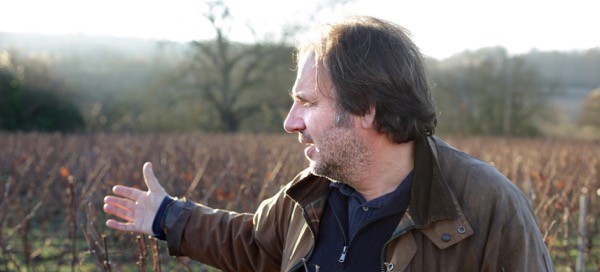
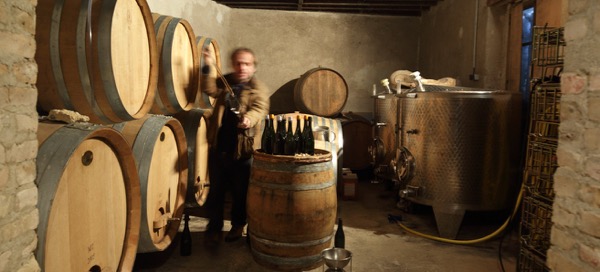
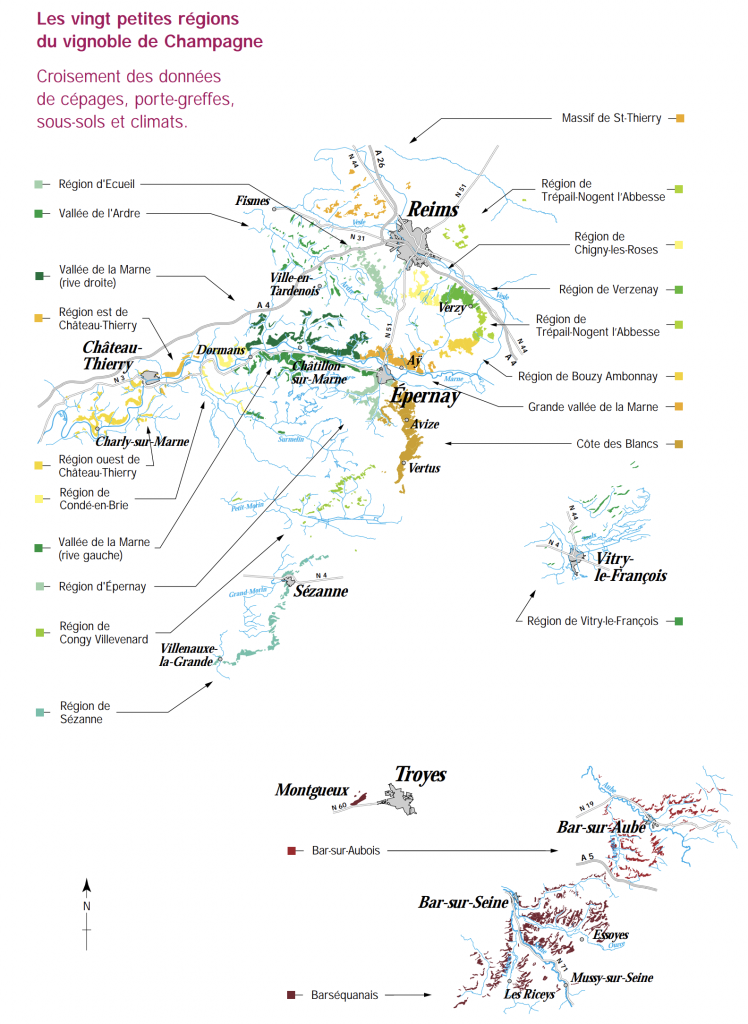



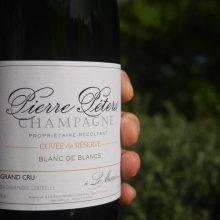

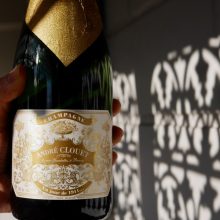

You must be logged in to post a comment.